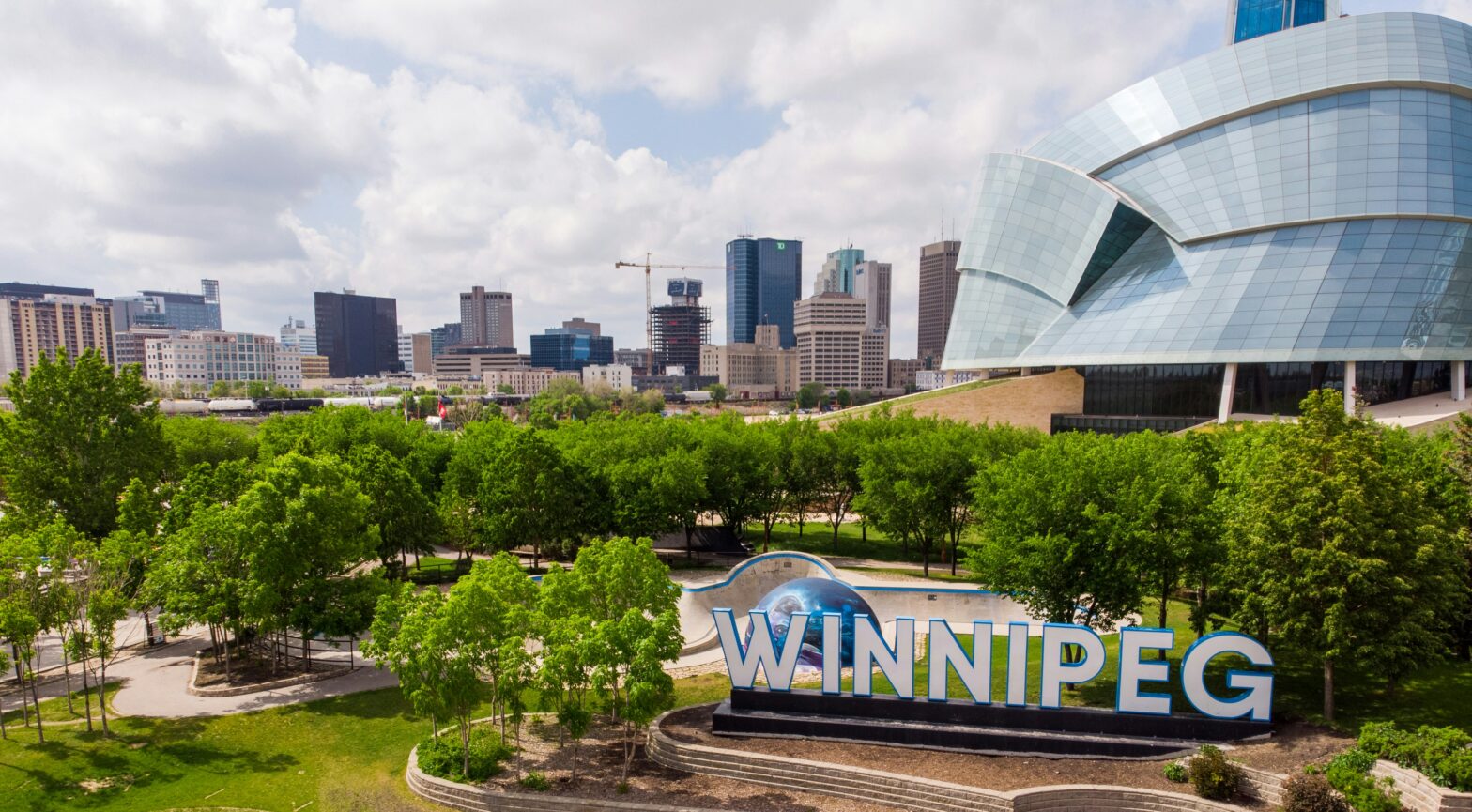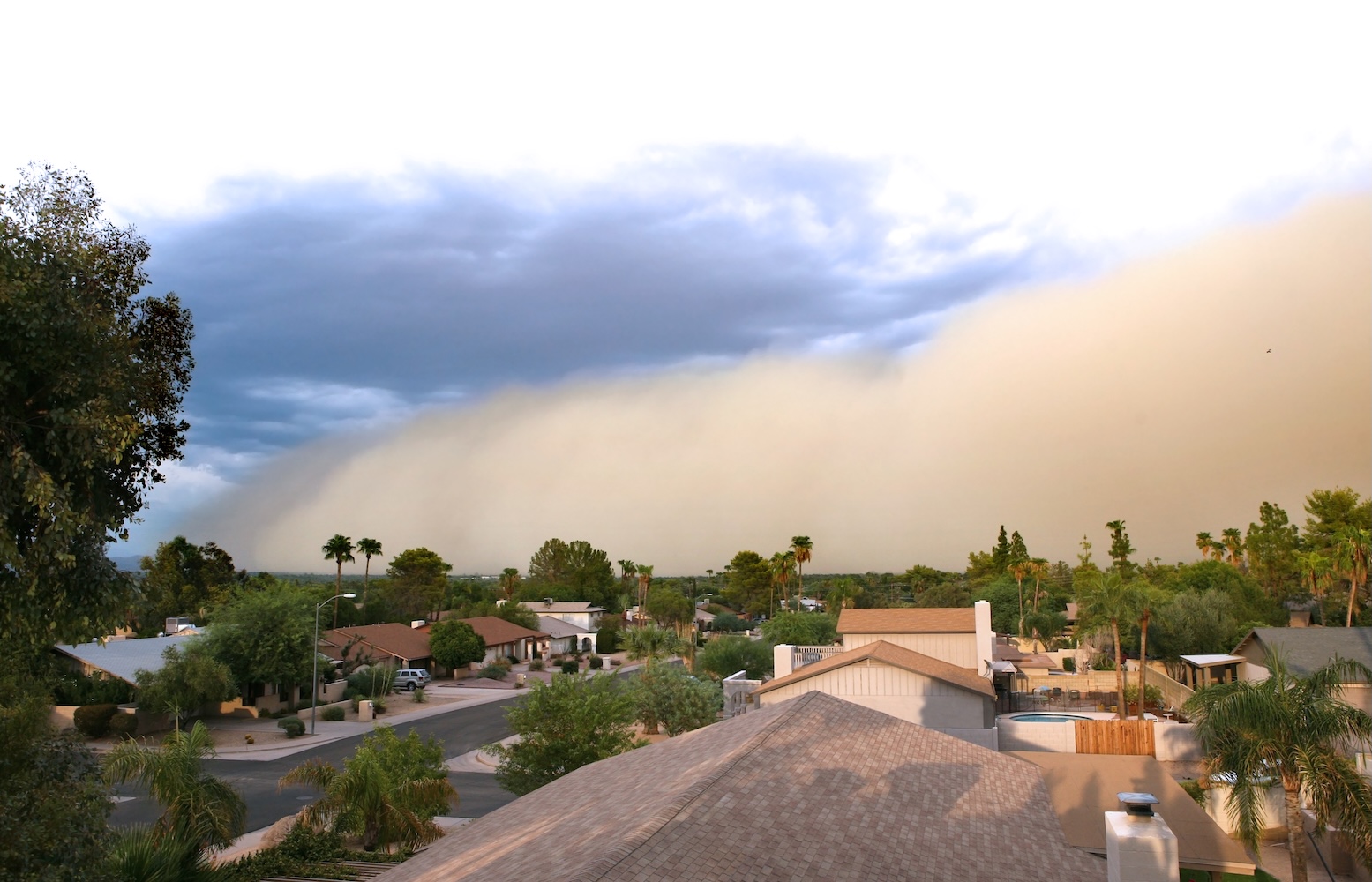According to the Federal Aviation Administration, air turbulence is the leading cause of in-flight injuries in non-fatal accidents. CNN reports that it costs US airlines as much as $500 million yearly, on expenses from delays, damages, and injuries.
The theory:
Paul Williams, who is a professor of atmospheric science at the University of Reading, says turbulence is measured using a specific scale.
“There’s light turbulence, which is a bit of strain against your seat belt, but food service can continue and you can probably walk around the cabin, maybe with some difficulty.”
“Then there’s moderate turbulence, a definite strain against seat belts, anything that’s not secured will be dislodged, and walking is difficult; flight attendants are usually instructed to take their seats.”
Increased (dangerous) turbulence
“The worst kind is severe turbulence: this is stronger than gravity, so it can pin you to your seat and if you’re not wearing your seat belt you’ll be tossed around inside the cabin. This is the kind of turbulence that causes serious injuries — it’s been known to break bones, for example.”
Moderate turbulence affects around 65,000 US aircraft yearly, while 5,500 experience severe turbulence. However, we may soon see an increase in these figures. Williams says climate change is causing changes in turbulence. He has been studying it since 2013.
“We ran some computer simulations and found that severe turbulence could double or triple in the coming decades,” says Williams.
Findings proven true:
His findings have been confirmed by observations. His research highlights “clear air turbulence,” a kind of turbulence that happens suddenly and is difficult to avoid. This turbulence is not connected to storms or clouds that could give visual indications of coming turbulence, as it does in regular turbulence.
Clear air turbulence is believed to have been involved in 28% of turbulence-related accidents occurring between 2009 and 2018.
Williams predicts that by 2050-2080, we will see a significant increase in clear air turbulence, especially on busier flight routes. He also says severe turbulence will increase more than the other types as will the average duration of it.
What to expect:
“Typically, on a transatlantic flight, you might expect 10 minutes of turbulence,” Williams says. “I think that in a few decades this may increase to 20 minutes or to half an hour. The seat belt sign will be switched on a lot more, unfortunately for passengers.”
But he also stresses that flying will not necessarily be any less safe, as planes are built to withstand even the worst turbulence they can ever expect to encounter.
Passengers can do their part to minimize the risk of injury from turbulence by keeping their seat belts fastened while seated. Some aviation experts are also calling for the industry to transition to using sustainable fuel in attempts to address the climate change crisis.
Related: Turbulence Causes Flight Attendant To Break His Ankle On Board





